
Filter News
Area of Research
- Biology and Environment (31)
- Biology and Soft Matter (1)
- Computational Biology (1)
- Computer Science (1)
- Electricity and Smart Grid (1)
- Energy Science (11)
- Functional Materials for Energy (1)
- Fusion and Fission (1)
- Isotopes (1)
- Materials (17)
- Materials for Computing (2)
- National Security (9)
- Neutron Science (13)
- Nuclear Science and Technology (1)
- Supercomputing (18)
News Topics
- (-) Biomedical (6)
- (-) Environment (40)
- (-) Exascale Computing (9)
- (-) Isotopes (4)
- (-) Machine Learning (10)
- (-) Nanotechnology (9)
- (-) Neutron Science (15)
- 3-D Printing/Advanced Manufacturing (13)
- Advanced Reactors (4)
- Artificial Intelligence (15)
- Big Data (11)
- Bioenergy (21)
- Biology (30)
- Biotechnology (3)
- Buildings (16)
- Chemical Sciences (15)
- Clean Water (5)
- Composites (4)
- Computer Science (26)
- Coronavirus (9)
- Critical Materials (4)
- Cybersecurity (9)
- Element Discovery (1)
- Energy Storage (26)
- Fossil Energy (1)
- Frontier (10)
- Fusion (8)
- Grid (13)
- High-Performance Computing (16)
- Hydropower (8)
- Irradiation (1)
- ITER (2)
- Materials (37)
- Materials Science (18)
- Mercury (2)
- Microscopy (14)
- National Security (17)
- Nuclear Energy (10)
- Partnerships (8)
- Physics (12)
- Polymers (5)
- Quantum Computing (7)
- Quantum Science (9)
- Security (4)
- Simulation (6)
- Space Exploration (4)
- Summit (7)
- Transportation (12)
Media Contacts
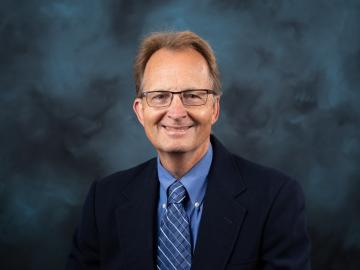
Stan Wullschleger, associate laboratory director for biological and environmental systems science at ORNL, is the recipient of the 2022 Commitment to Human Diversity in Ecology Award from the Ecological Society of America, or ESA.
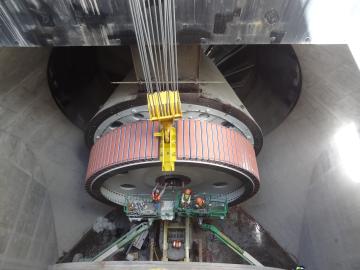
A new Department of Energy report produced by Oak Ridge National Laboratory identifies several supply chain must-haves in maintaining the pivotal role hydropower will play in decarbonizing the nation’s grid.

ORNL biogeochemist Elizabeth Herndon is working with colleagues to investigate a piece of the puzzle that has received little attention thus far: the role of manganese in the carbon cycle.

ORNL scientists had a problem mapping the genomes of bacteria to better understand the origins of their physical traits and improve their function for bioenergy production.
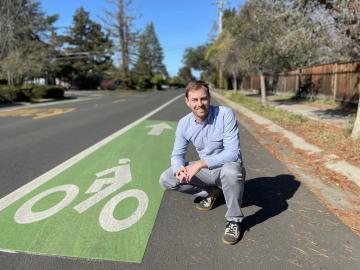
David McCollum is using his interdisciplinary expertise, international networks and boundless enthusiasm to lead Oak Ridge National Laboratory’s contributions to the Net Zero World initiative.
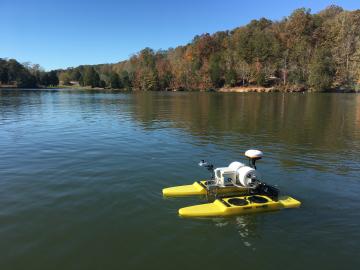
Measuring water quality throughout river networks with precision, speed and at lower cost than traditional methods is now possible with AquaBOT, an aquatic drone developed by Oak Ridge National Laboratory.

A force within the supercomputing community, Jack Dongarra developed software packages that became standard in the industry, allowing high-performance computers to become increasingly more powerful in recent decades.
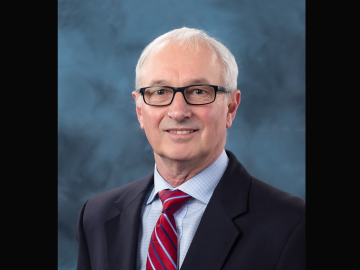
From helping 750 million viewers watch Princess Diana’s wedding to enabling individual neutron scientists observe subatomic events, Graeme Murdoch has helped engineer some of the world’s grandest sights and most exciting scientific discoveries.

A study by researchers at the ORNL takes a fresh look at what could become the first step toward a new generation of solar batteries.
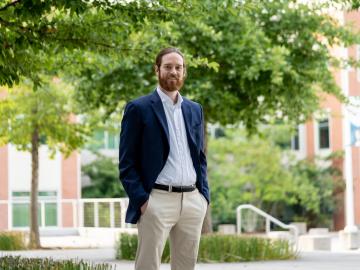
Bryan Piatkowski, a Liane Russell Distinguished Fellow in the Biosciences Division at ORNL, is exploring the genetic pathways for traits such as stress tolerance in several plant species important for carbon sequestration


